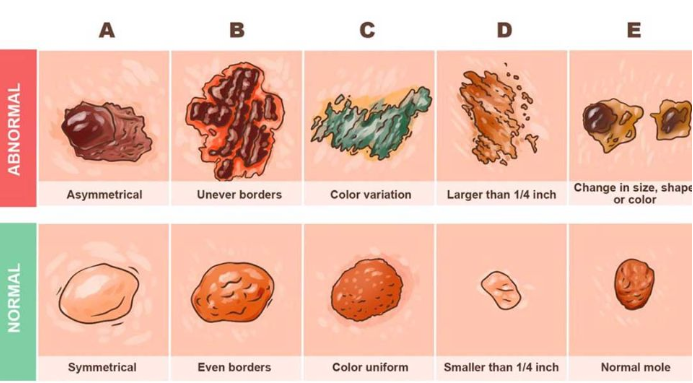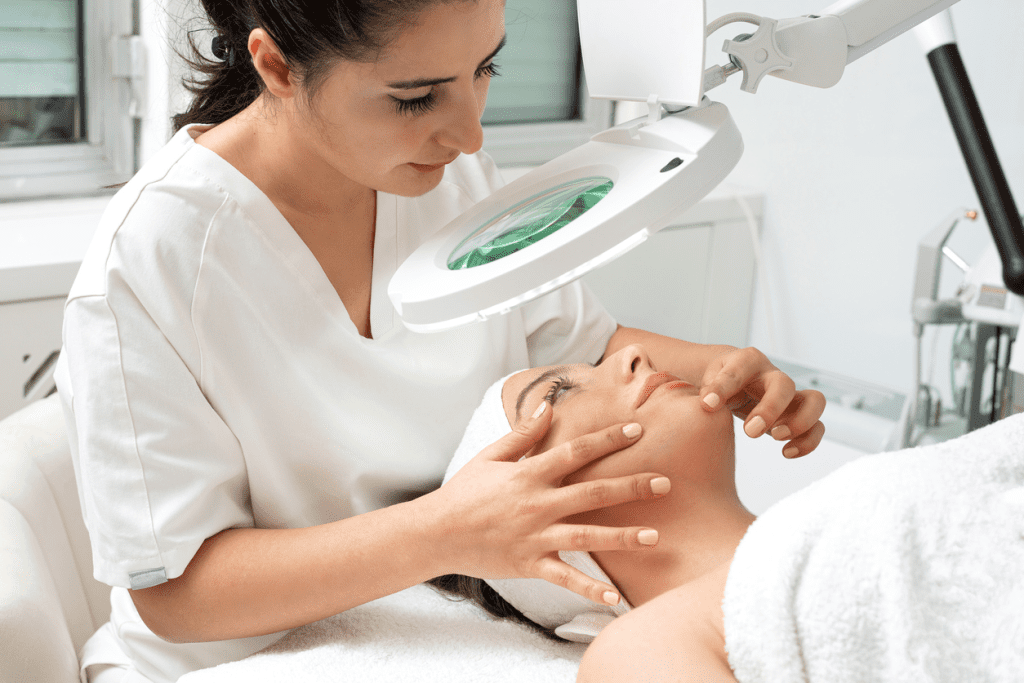Skin cancer is a serious health threat that occurs when abnormal skin cells grow uncontrollably, typically due to prolonged exposure to ultraviolet (UV) rays from the sun or tanning beds. Early detection is key, as some forms, like melanoma, can be deadly if not caught and treated in time. This guide will help you understand how to perform regular skin checks, recognize warning signs, and take steps to protect yourself from skin cancer.
Why Early Detection of Skin Cancer Matters

Skin cancer is the most common form of cancer in the United States, and its incidence is rising globally. According to the Skin Cancer Foundation, more people are diagnosed with skin cancer each year than all other cancers combined. Melanoma, while accounting for only a small percentage of skin cancer cases, is responsible for most skin cancer deaths. The good news? Regular self-checks and awareness of the early signs can dramatically improve survival rates.
Understanding the Types of Skin Cancer
Before diving into detection methods, it’s helpful to understand the three major types of skin cancer:
- Basal Cell Carcinoma (BCC): This is the most common form of skin cancer, often appearing as a small, pearly bump or a flesh-colored mole. It’s slow-growing and rarely spreads, but it can cause significant skin damage if not treated.
- Squamous Cell Carcinoma (SCC): This type often appears as a firm, red nodule or a scaly patch. It’s more aggressive than BCC but still highly treatable when detected early.
- Melanoma: The most dangerous form of skin cancer, melanoma can spread rapidly to other organs if not caught early. It can develop anywhere on the body, including areas not exposed to the sun, making it essential to check your entire body regularly.
How to Perform a Skin Self-Check: Your ABCDEs of Skin Cancer Detection
Regular self-checks are your best defense against skin cancer. While most moles or spots are harmless, it’s crucial to understand how to identify suspicious changes. Use the “ABCDE” method, a simple mnemonic that can help you evaluate moles and skin changes:
A: Asymmetry
Healthy moles are usually symmetrical. If you draw an imaginary line through the middle of a mole, the two halves should look similar. If one half of a mole doesn’t match the other, this could be a sign of melanoma.
B: Border Irregularity
Look for moles with uneven, jagged, or blurred edges. Regular moles typically have smooth, even borders, while melanomas often have notched or scalloped borders. If the border looks strange or changes over time, it’s worth getting checked by a dermatologist.
C: Color Variations
A benign mole usually has one uniform color, typically brown. Watch out for moles that exhibit multiple colors, such as varying shades of brown, black, red, white, or blue. Uneven color can be a red flag for skin cancer.
D: Diameter
Although melanoma can be small, it’s usually larger than a pencil eraser (about 1/4 inch or 6mm). Keep an eye on moles or spots that grow larger than this size. However, size alone is not a definitive indicator, so stay vigilant with all your skin changes.
E: Evolving

Perhaps the most critical sign to watch for is evolution. Any mole or spot that changes in size, shape, color, or texture over time could indicate a problem. Pay attention to moles that become itchy, bleed, scab, or develop new symptoms like tenderness.
Using Tools to Track Skin Changes
To effectively monitor changes in your skin, try creating a skin map or using a printable body map. This is a helpful tool for tracking the size, color, and location of moles over time. Here’s how to make the most of it:
- Start by checking your skin in a well-lit room, using a full-length mirror and a handheld mirror for hard-to-see areas.
- Document each mole’s characteristics, such as size, color, and shape.
- Use the map during your next skin check to identify any new changes or developments.
- Repeat skin checks every month, ideally at the same time each month, for consistency.
How to Protect Yourself from Skin Cancer
While early detection is crucial, prevention is equally important. Taking the following precautions can significantly reduce your risk of skin cancer:
1. Limit Sun Exposure
Avoid direct sun exposure, especially between 10 AM and 4 PM, when UV rays are strongest. Seek shade, wear protective clothing, and use an umbrella if needed. Remember, even on cloudy days, up to 80% of UV rays can penetrate your skin.
2. Apply Sunscreen Regularly

Use a broad-spectrum sunscreen with at least SPF 30. Apply generously and reapply every two hours, or more frequently if swimming or sweating. Make sunscreen a daily habit, even in winter.
3. Cover Up
Wear clothing that covers your skin, like long-sleeved shirts, wide-brimmed hats, and sunglasses with UV protection. Clothing made from tightly woven fabrics provides the best protection.
4. Avoid Tanning Beds
Tanning beds emit UV radiation that can increase your risk of developing skin cancer by up to 75%. Opt for self-tanning lotions or sprays if you want a sun-kissed look without the risks.
5. Check Hidden Areas
Skin cancer doesn’t always appear in sun-exposed areas. Be sure to check your scalp, the soles of your feet, under your nails, and between your toes and fingers.
When to See a Dermatologist

While self-checks are invaluable, regular visits to a dermatologist for professional skin exams are just as important. If you notice any suspicious spots or changes during your self-checks, don’t wait to make an appointment. A dermatologist can perform a biopsy to determine whether a mole is cancerous and recommend the best course of action.
Conclusion
Skin cancer is a preventable and treatable condition when caught early. By regularly checking your skin, understanding the signs of potential cancer, and taking proactive measures to protect your skin, you can significantly reduce your risk. Don’t underestimate the power of these simple steps—they can truly save your life. Stay vigilant, stay protected, and remember that early detection is your best defense against skin cancer.


